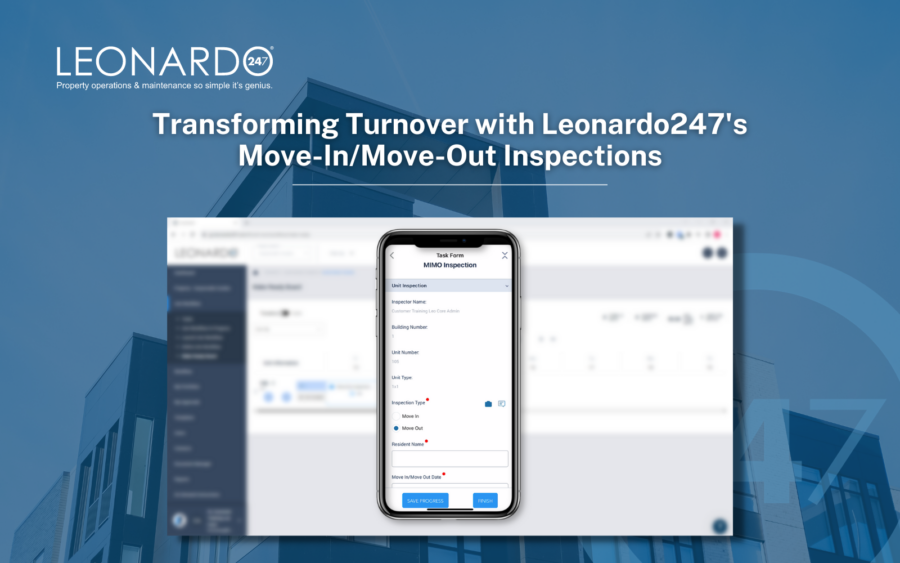You’re on the brink of welcoming a new resident! With thorough background screening and a signed lease in place, you’re eagerly anticipating the arrival of your new renter. While the resident turnover process is nearly finished, the last crucial step is performing the move-in/move-out inspections.
Before you conduct any move-in/move-out (MIMO) inspections, think about whether you could be overlooking chances to recover damage costs when residents move out. Are disputes over charges leading to negative online reviews? If so, an outdated MIMO inspection process might be the culprit.
What are Move-In/Move-Out Inspections?
Move-in/move-out inspections are important for establishing the condition of the unit. To collect damage and cleaning charges, you must prove the unit was, in fact, damaged. These need to be completed in a timely manner from when a resident moves out, or a new resident moves in.
A MIMO inspection should be thorough, consistent, and you need a way to make sure all of the data is synching to the tenant ledger. Modern move-in/move-out inspections help to streamline this process.
Benefits of Leonardo247’s Move-in/Move-Out Inspection Form
Standardized & Customizable Workflows
Create forms exactly how you want them. Regardless of who from your team is conducting the inspection, each evaluation adheres to the same meticulous standards and charges. This eliminates any ambiguity regarding the procedures, providing a uniform approach to MIMO inspections.
By standardizing the MIMO inspection workflows, you can easily compare the unit’s condition at the beginning and end of the lease. This reduces disputes between landlords and tenants regarding the legitimacy of charges against the tenant ledger.
Timely Tenant Ledger Charges
Speaking of the tenant ledger, move-in/move-out inspections generate tangible proof through photos and signed inspections at each point. This not only removes guesswork but also ensures a level of consistency in applying charges. There is no room for bias, and charges are accurately and objectively determined.
Implementing a system that automatically integrates MIMO inspections and tenant charges into your property management system (PMS) facilitates seamless deposit accounting and tenant ledger management. This automation eliminates the risk of oversight in inspections, preventing instances where property managers forget to update the tenant ledger promptly.
Ensuring timely communication of charges to residents prevents revenue loss due to delays in informing tenants about their ledger. A detailed move-out inspection effectively addresses this issue, streamlining the process and enhancing overall efficiency.
RELATED
Leonardo247 Announces Integration with Yardi for Streamlined Ledgers
Optimized Turnover and Unit Upgrades
Efficient unit turnover is vital for minimizing downtime and rental income loss. By capturing detailed information during move-out inspections, property managers can communicate effectively with vendors. This communication is essential for planning necessary upgrades or replacements, such as carpets and appliances. Providing this information beforehand expedites the turnover process, reducing the time it takes to prepare the unit for the next resident.
Moreover, having insights into potential upgrades allows for better budgeting. Projecting capital costs for the replacement of items nearing the end of their useful life can be factored into the upcoming year’s budget. This foresight enables efficient purchasing, lowers material costs, and translates into reduced loss of rent and lower turnover expenses from an asset management perspective.
Request a demo today to see Leonardo247’s move-in-move-out inspections in action!
